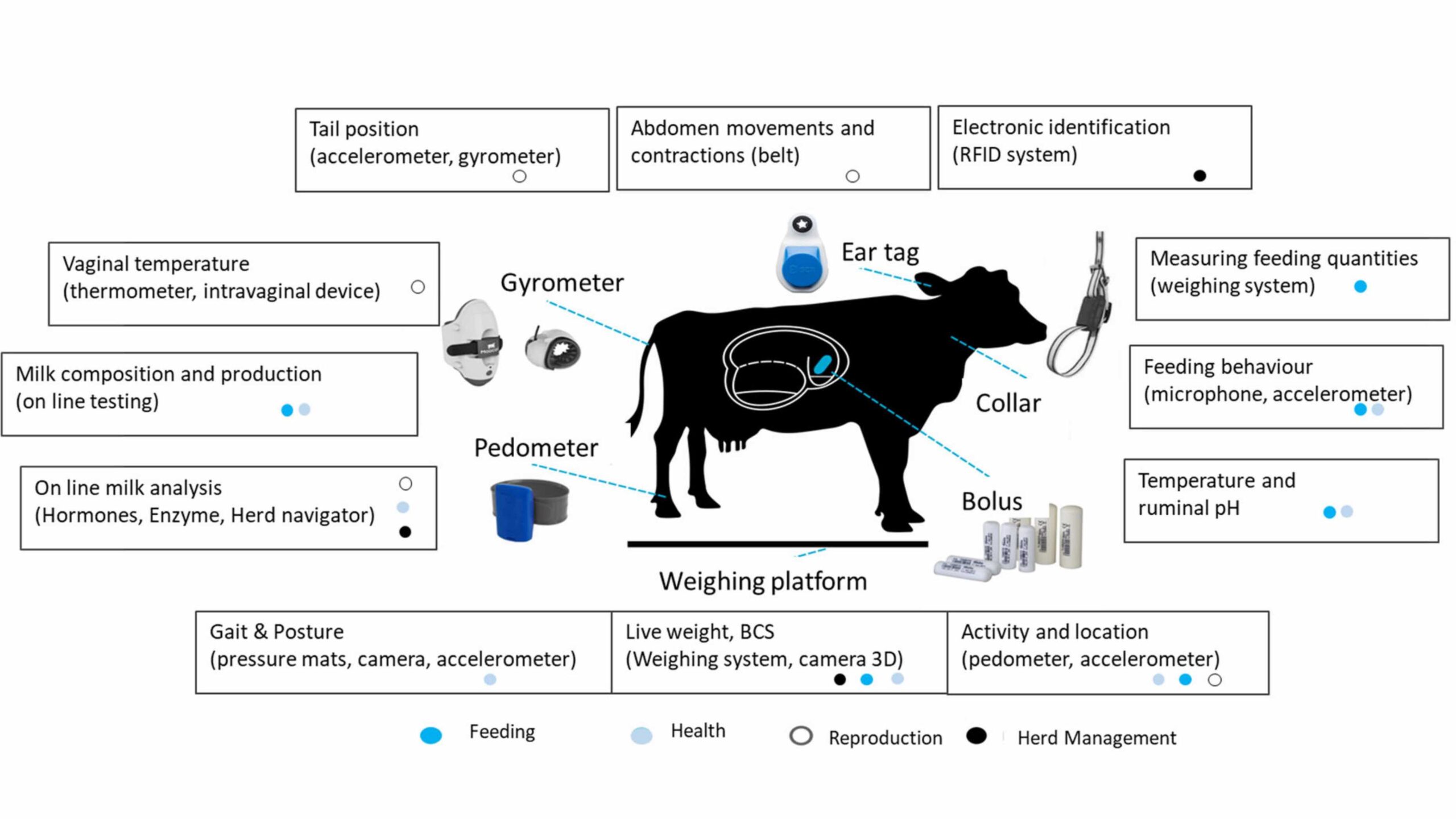Prices are surging for food commodities worldwide, posing a tough policy challenge for developing countries—can they protect poor consumers without squelching new opportunities for farmers?
Poor consumers across the globe are up in arms about their rising food bills. In December 2007, Mexicans rioted in response to an enormous jump in tortilla prices, which quadrupled in some parts of the country. The following month Indonesians took to the streets to protest high soybean prices. In February 2008, protesters in three major towns in Burkina Faso, angry about the rising cost of food and other basics, attacked government offices and shops. Unrest linked to food markets has recently occurred in Guinea, Mauritania, Morocco, Senegal, Uzbekistan, and Yemen.
The new “agflation” that has riled poor consumers marks a sharp break with the past, which was generally characterized by years of slowly falling food prices. The Economist reports that during the three decades between 1974 and 2005, real food prices declined by 75 percent. In the three years since 2005, however, they have risen by 75 percent, and the price hikes affect nearly every food commodity. Prices of wheat, butter, and milk have tripled since 2000, and prices of maize, rice, and poultry have nearly doubled. Meat, palm oil, and cassava prices have all gone up, too. Overall, the Food and Agriculture Organization of the United Nations (FAO) food price index rose by nearly 40 percent in 2007, compared with a 9 percent increase in 2006, and prices in 2008 are higher than they have been in decades.
The years of falling food prices were good for consumers, but not so good for farmers. Now, while consumers in urban areas cannot be expected to welcome soaring food prices that eat into their wallets, the higher prices should theoretically reward farmers with greater profits and better livelihoods. “Many media are reporting that high prices are good for farmers, which is true for much of the sector, but it’s more complex than that,” says Daniel Gustafson, director of the FAO Liaison Office for North America, at a recent IFPRI seminar. “Many poor farmers in developing countries are net food buyers.”
The task for governments is to help farmers take advantage of higher prices to increase productivity—and thereby production and incomes—to improve their living standards and ensure that poor consumers who are already living on the edge are not pushed into destitution. This balancing act will not be easy.







